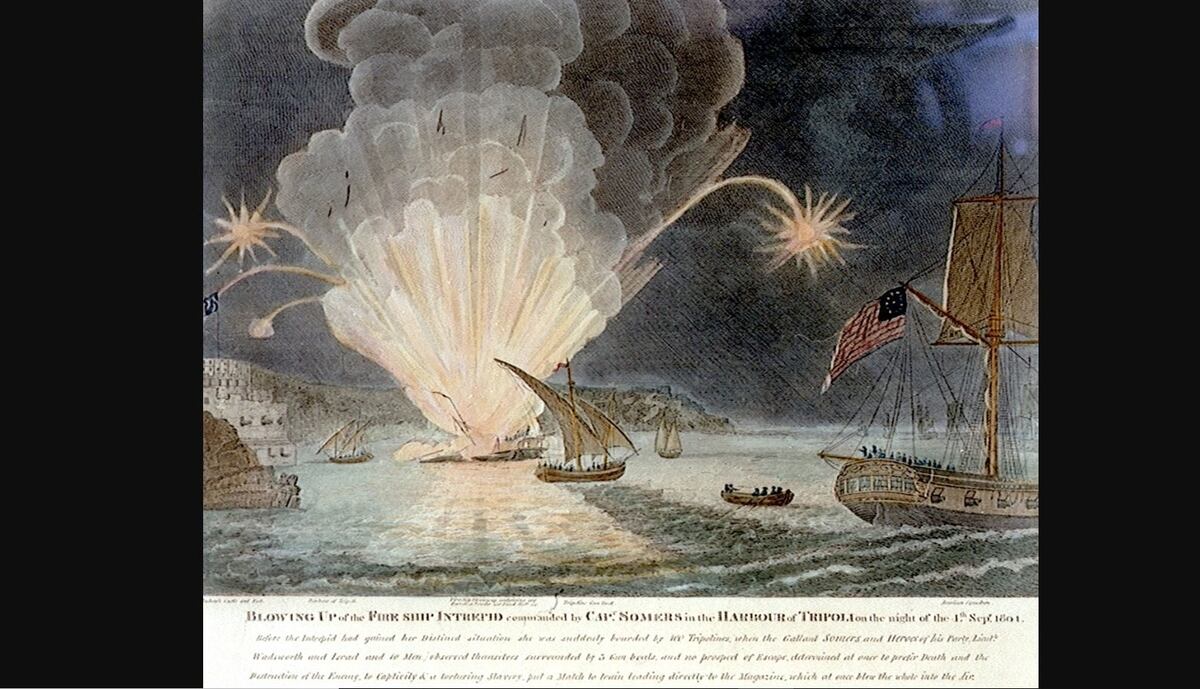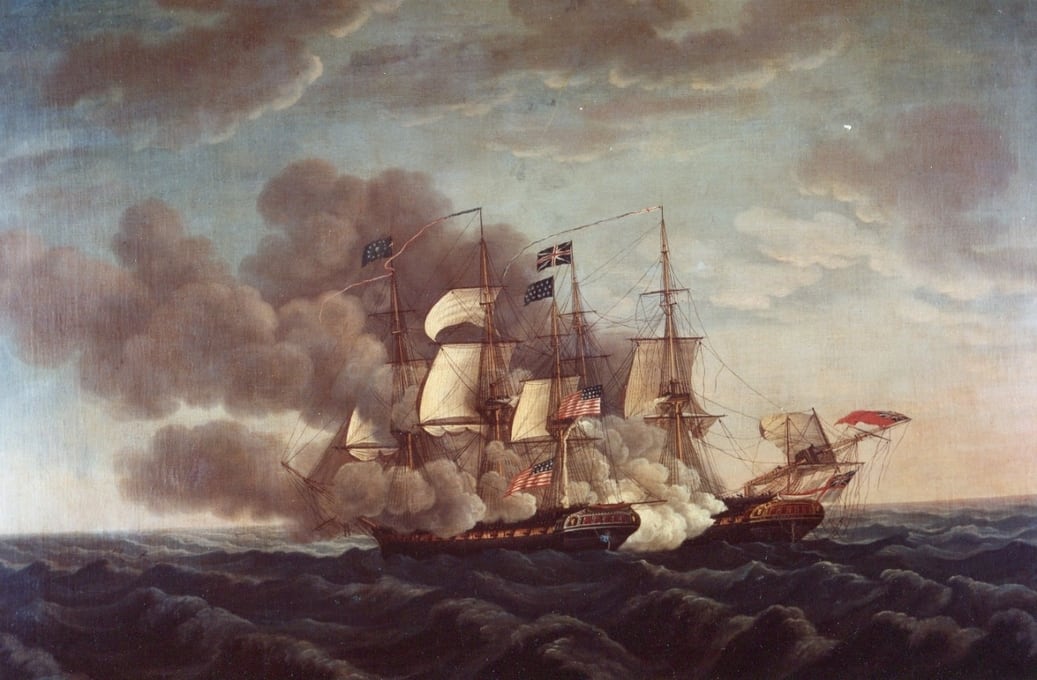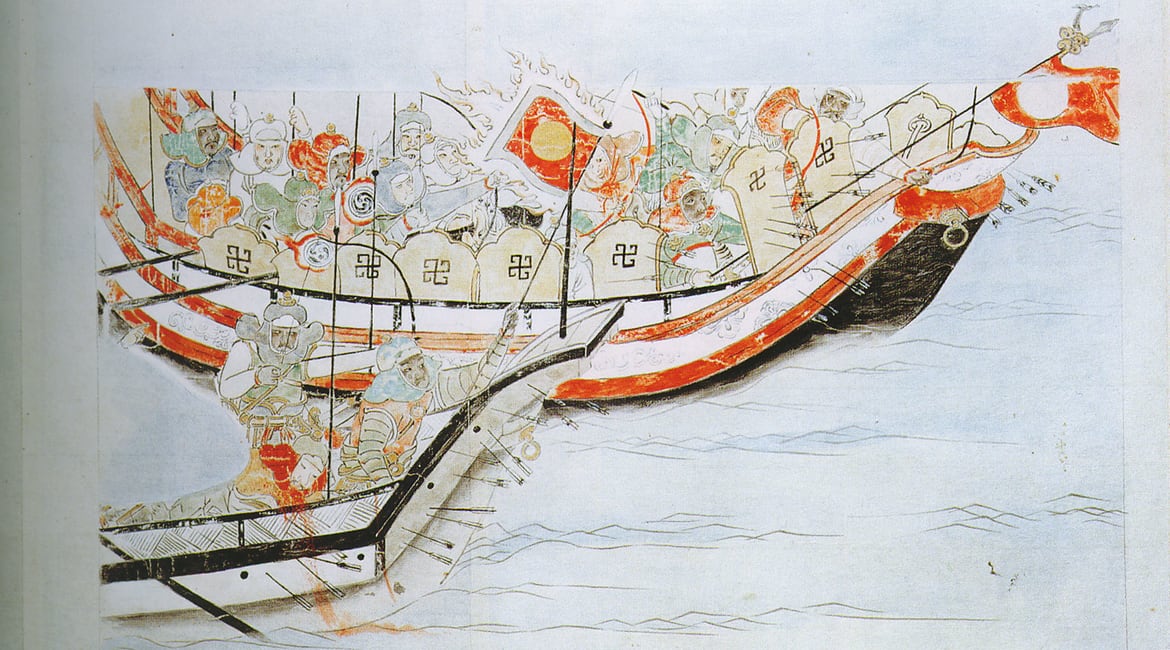Beginning in A.D. 1206, Genghis Khan’s Mongol military forces burst out of the central Asian steppes and over the next century conquered the largest contiguous land empire in history.
The image these Mongol conquests invariably evoke is one of fierce horsemen superbly executing mounted combat to sweep all before them.
Yet during the siege and Battle of Xiangyang (1267-73) in central China, Genghis’ grandson and successor Kublai Khan built a massive navy that transformed his army of Mongol horsemen into a joint naval-ground force.
The Mongol riverine navy played the decisive role in the victory at Xiangyang – the turning-point triumph in the Mongols’ long war to defeat the Song Dynasty, which had ruled China for centuries.
With this victory, Kublai established the Yuan Dynasty (1271-1378) and paved the way for conquering all of China.

In 1265, after a decade of failed attacks on the Song by Kublai’s older brother, Mongke, Kublai captured 146 Song warships in a battle in Sichuan province. This early victory gave him the nucleus of his Mongol fleet.
Kublai quickly recognized the importance of capturing the Chinese riverine force, saying of the Song navy, “If there were no Yangtze [River], that country would not exist.”
As the campaign in China progressed, Kublai ordered captured Chinese shipyards to begin the construction of 5,000 warships of varying sizes and used Chinese defectors to begin training 70,000 Mongols as sailors and naval infantry.
In the coming years, the Mongol fleet would continue to grow in size, and in 1273, following the operations at Xiangyang, Kublai would order the addition of another 2,000 vessels and 50,000 sailors and naval infantry.
His Mongol shipbuilding and naval training allowed him to replace the men and vessels he lost in battle and to maintain pressure against the more experienced Song navy.
The Mongols were at the threshold of adopting sea power as a strategic weapon.

In late 1267, the Mongol army advanced on China’s fortified twin cities of Xiangyang and Fancheng, which straddled the Yangtze River. The fortifications dominated the middle Yangtze and for centuries had ensured Song control of the waterway.
The Mongol land forces established a siege of the cities while the Mongol navy massed upstream from Xiangyang. Kublai dispatched his new riverine force to begin contesting the Song fleet’s domination of the river, which was allowing reinforcements and supplies to reach the besieged defenders.
As the siege continued, regular naval engagements occurred on the Yangtze as the Song ships attempted to bring relief supplies and the Mongol navy maneuvered to beat them back.
In 1269, the Song navy sent a fleet of 3,000 ships to resupply the besieged cities, but the Mongols overwhelmed the vessels and repulsed the attempt.
In 1272, two Song fleets were deployed down the Han River (a Yangtze tributary) from Song territory. Upon reaching the Yangtze, the first fleet, composed of warships, engaged the Mongol ships and pinned them in place during a lengthy battle.
The second fleet, composed of supply ships and escorts, pushed past the fighting and delivered 3,000 troops and vital supplies to the beleaguered cities.
After completing their mission, the ships gathered to sail back to Song territory – but the Mongols were ready for them. Forewarned by a Song defector, they set a trap and destroyed the Song ships as they attempted to flee.

Five years into the siege, Kublai realized that the connected nature of the two fortifications was allowing Xiangyang and Fancheng to be mutually supportive.
He dispatched two armies along the banks of the Yangtze – one to attack Fancheng, and the other to strike at the pontoon bridge linking the cities.
In response, the Song land forces focused on the army attacking Fancheng while the Song fleet moved upriver to defend the bridge. Mongol naval squadrons descended the river and engaged the Song fleet in a decisive action, burning dozens of Song warships and capturing more than two dozen.
The Mongol army, meanwhile, destroyed the bridge without facing resistance on shore.
With support from Xiangyang cut off, Fancheng was overwhelmed by the Mongol armies concentrated against it.
In a last-ditch effort, a Song naval squadron attacked the Mongol forces on Fancheng’s riverside. Winds and currents favored the Mongols, and they struck at the Song warships.
Repelled in the initial attack, the Mongols dispatched fireships, which decimated the remainder of the Song naval forces and sank over 100 vessels.
Fancheng fell and the Mongol warriors marauded through the city, slaughtering defenders and inhabitants alike.
RELATED

By February 1273, the Mongols had gained complete control of Fancheng – and as a warning to Xiangyang’s defenders, they built a wall along the river’s edge made up of 10,000 Chinese corpses.
After six years of siege, the Song land forces had failed to have a discernible effect on the Mongol armies and the Song naval forces on the middle Yangtze had been destroyed.
The Song general defending Xiangyang, Lu Wenhuan, realized his position was untenable. One month after the defeat of Fancheng, Xiangyang surrendered.
The fall of the fortifications dominating the middle Yangtze and the destruction of the Song fleets controlling the waters opened a direct line of advance for the Mongols into the vulnerable interior of the Song empire.
The Mongols easily marched along and sailed down the Yangtze, forcing the Song Dynasty to surrender its capital at Hangzhou in February 1276.
Two years later, two Mongol Yuan Dynasty fleets destroyed the final Song holdouts in the waters around their island refuge at the Battle of Yamen on China’s southern coast.
Although Mongol armies are best remembered, Kublai Khan’s Mongol navy provided the decisive edge in the conquest of 13th-century China.
RELATED

About Cmdr. Benjamin “B.J.” Armstrong
Cmdr. Benjamin “BJ” Armstrong is a career U.S. Navy helicopter pilot. His works include 21st Century Mahan: Sound Military Conclusions for a Modern Era. Armed with a doctorate from King’s College London, he’s also an assistant professor in war studies and naval history at the U.S. Naval Academy. This article originally appeared in the November 2013 issue of Armchair General on Historynet.com, a sister outlet of Navy Times.




